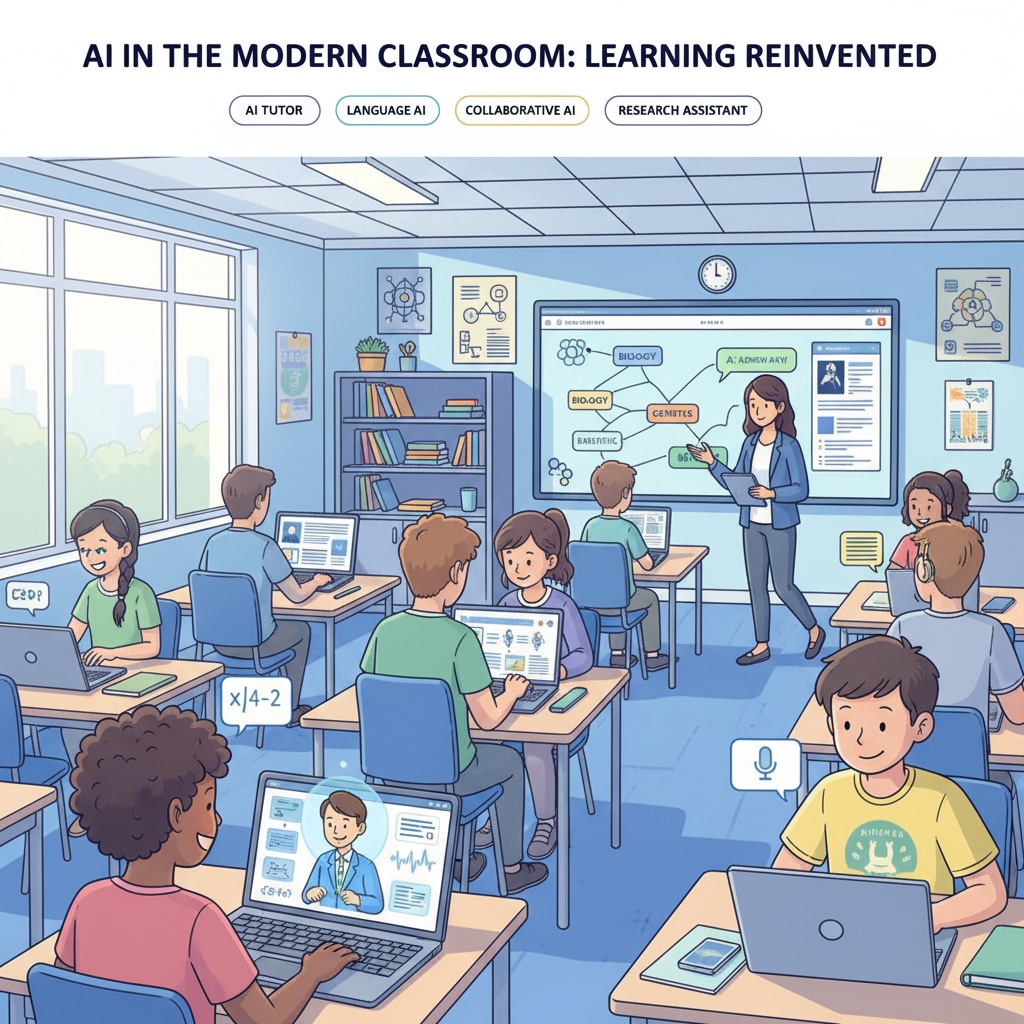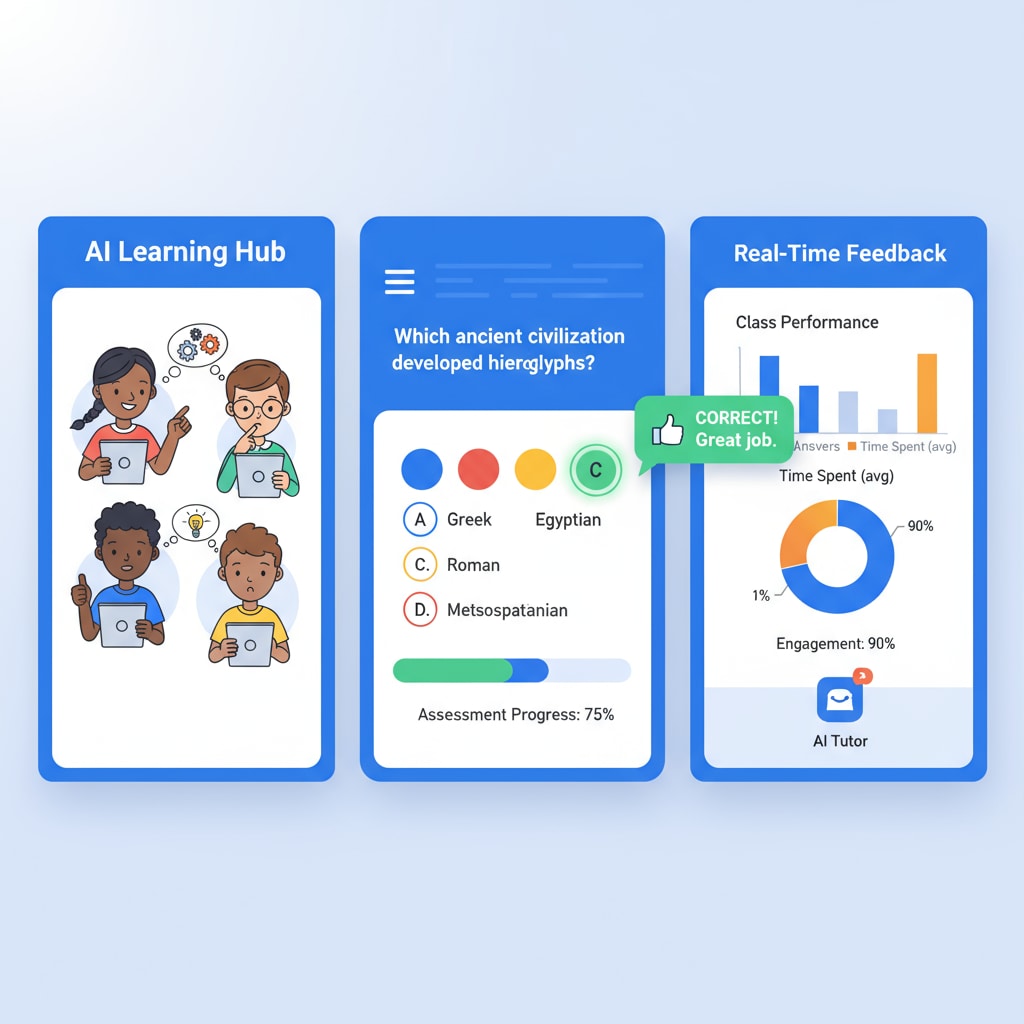AI learning tools have revolutionized education applications and offer valuable learning assistance in the K12 landscape. In today’s digital age, educators and parents are constantly on the lookout for the best ways to incorporate these tools into the classroom. Let’s explore different types of AI tools and their applications in K12 education.

Writing Assistance Tools
Writing is a crucial skill in K12 education. AI-powered writing assistance tools can be a game-changer. For example, Grammarly not only checks for grammar and spelling mistakes but also offers suggestions to improve sentence structure and vocabulary. These tools help students write more clearly and confidently. They are especially useful for language arts classes, where students need to develop their writing skills. According to Wikipedia, Grammarly has been widely adopted in educational institutions around the world.
Interactive Assessment Tools
Interactive assessment is another area where AI tools shine. Tools like Kahoot! use AI to create engaging quizzes and games. Teachers can quickly assess students’ understanding of a topic through real-time feedback. This not only makes the assessment process more fun but also provides valuable insights into students’ learning gaps. As a result, educators can adjust their teaching strategies accordingly. Britannica highlights the importance of such interactive assessment in modern education.

Research Learning Tools
AI research learning tools help students find relevant information more efficiently. Tools like EBSCOhost use AI algorithms to filter through vast amounts of academic resources. Students can quickly access reliable sources for their research projects. This is essential for subjects like social studies and science, where in-depth research is required. These tools save time and enhance the quality of students’ research work.
Multimedia Creation Tools
Multimedia creation is becoming increasingly important in K12 education. AI tools such as Adobe Spark allow students to create stunning visual presentations, videos, and graphics. These tools encourage creativity and help students express their ideas in a more engaging way. Whether it’s for a class project or a presentation, multimedia creation tools powered by AI add a new dimension to students’ learning experience.
In conclusion, understanding the different AI tools available for K12 education is essential for educators and parents. By choosing the right tools for specific teaching and learning goals, we can enhance the educational experience and help students thrive in the digital age. Readability guidance: As seen above, we have used short paragraphs and lists to summarize key points. Each H2 section has a list-like structure. The passive语态 has been kept to a minimum, and transition words like ‘for example’ and ‘as a result’ have been used throughout the article to enhance readability.


